New in the NSS Space Settlement Journal is the article Control of Habitat’s Carbon Dioxide Level by Biomass Burning by Pekka Janhunen of the Finnish Meteorological Institute in Helsinki.
Abstract
Consider a free-space settlement with a closed ecosystem. Controlling the habitat’s carbon dioxide level is a nontrivial problem because the atmospheric carbon buffer per biosphere area is smaller than on Earth. Here we show that the problem can be solved by burning agricultural waste. Waste biomass is stored and dried, and burned whenever plant growth has lowered the atmospheric carbon dioxide level so that replenishment is needed. The method is robust, low-tech and scalable. The method also leaves the partial pressure of oxygen unchanged. In the initial growth phase of the biosphere, one can obtain the carbon dioxide by burning sugar or carbon, which can be sourced from carbonaceous asteroid materials. This makes it possible to bootstrap the biosphere without massive biomass imports from Earth.

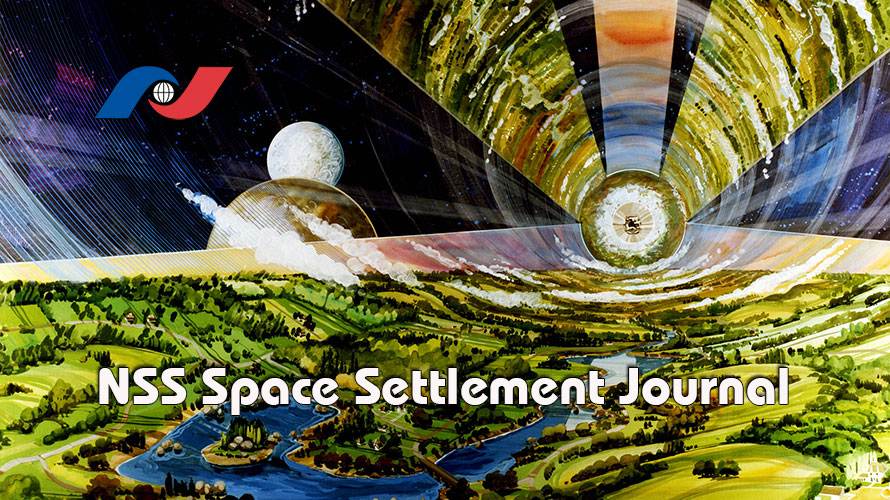
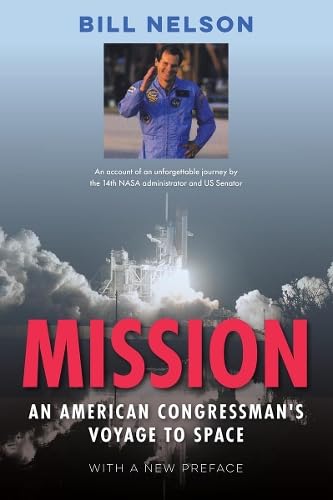
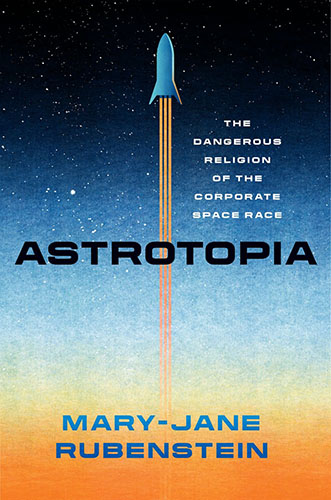


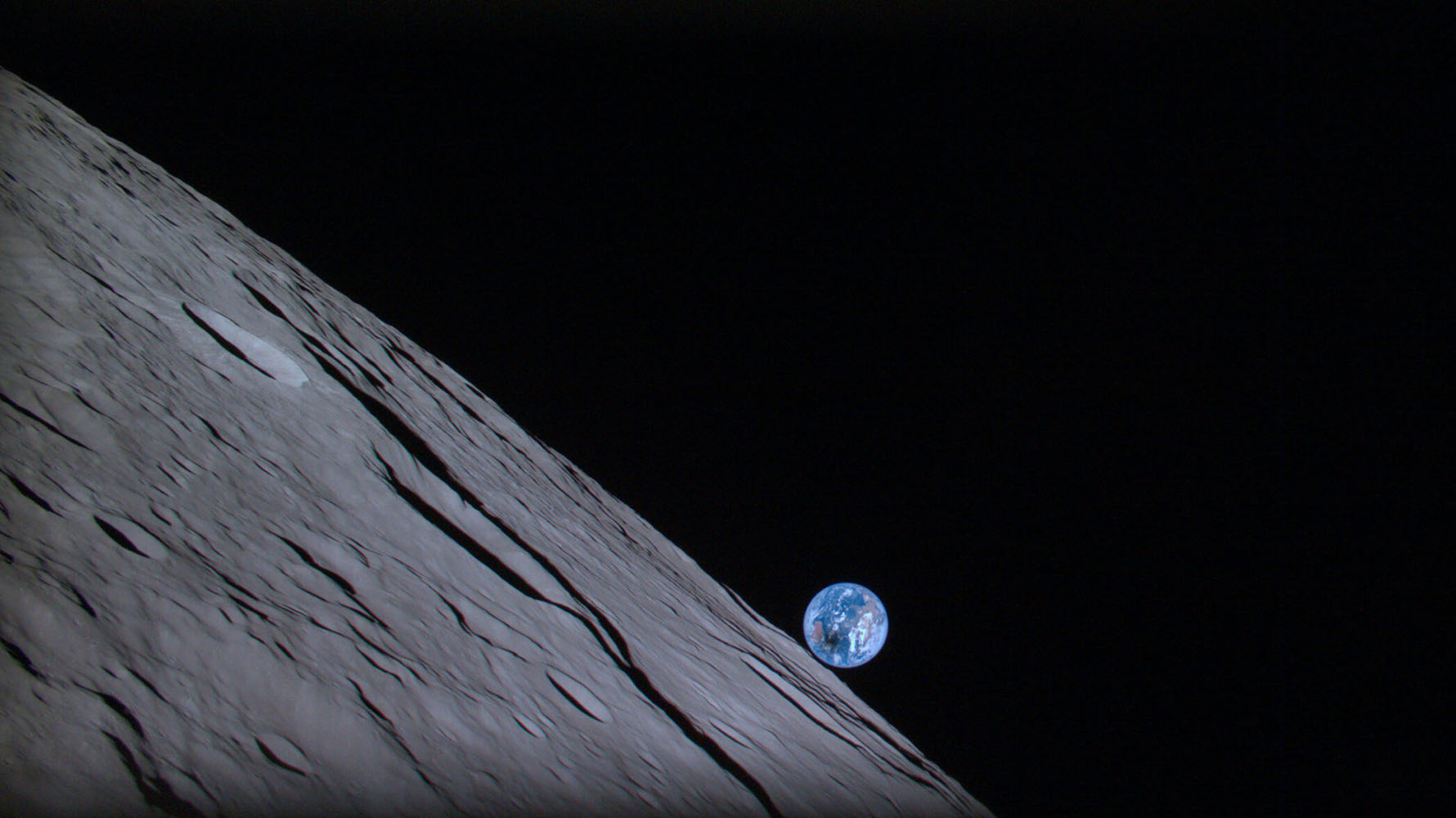
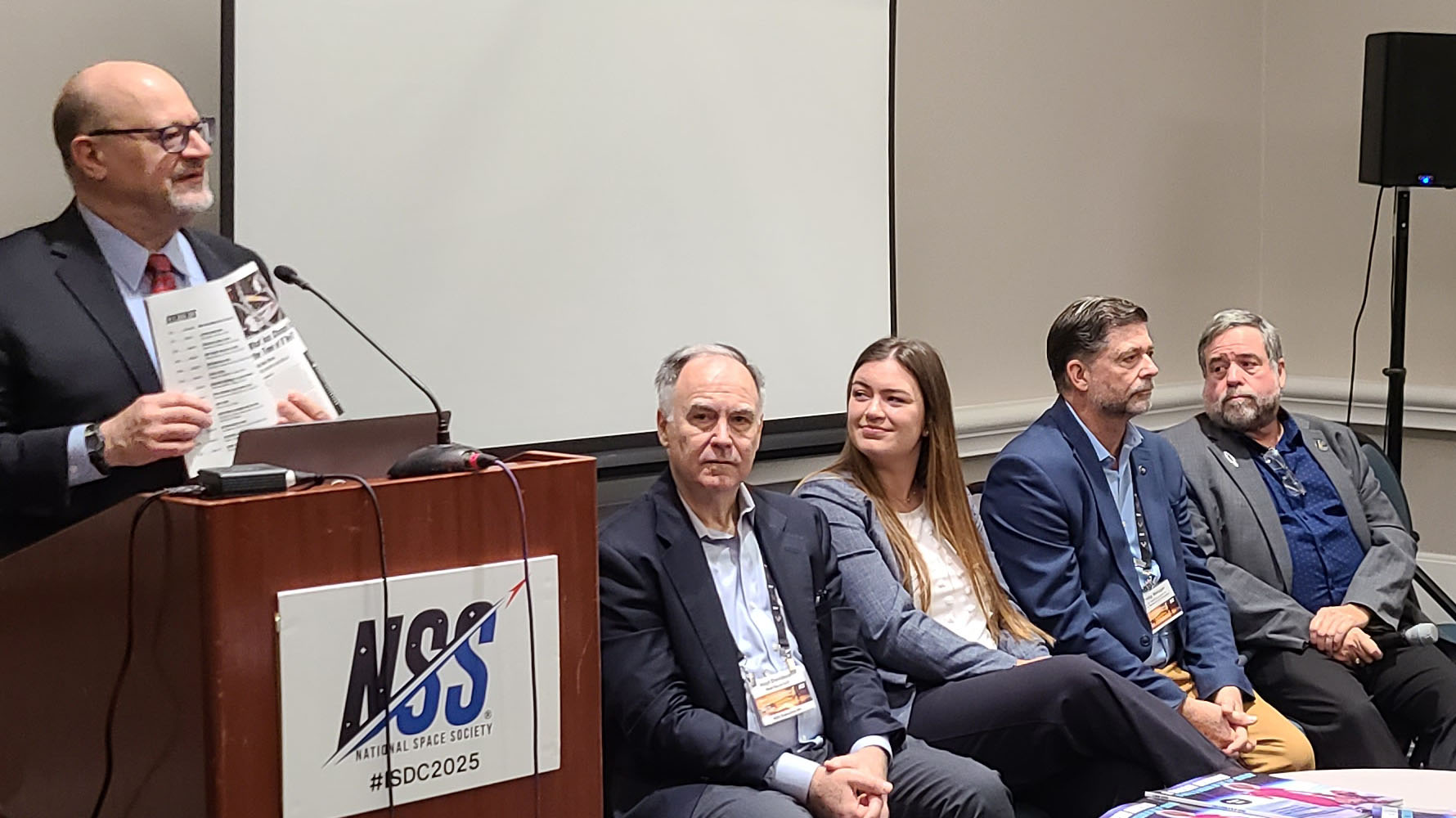
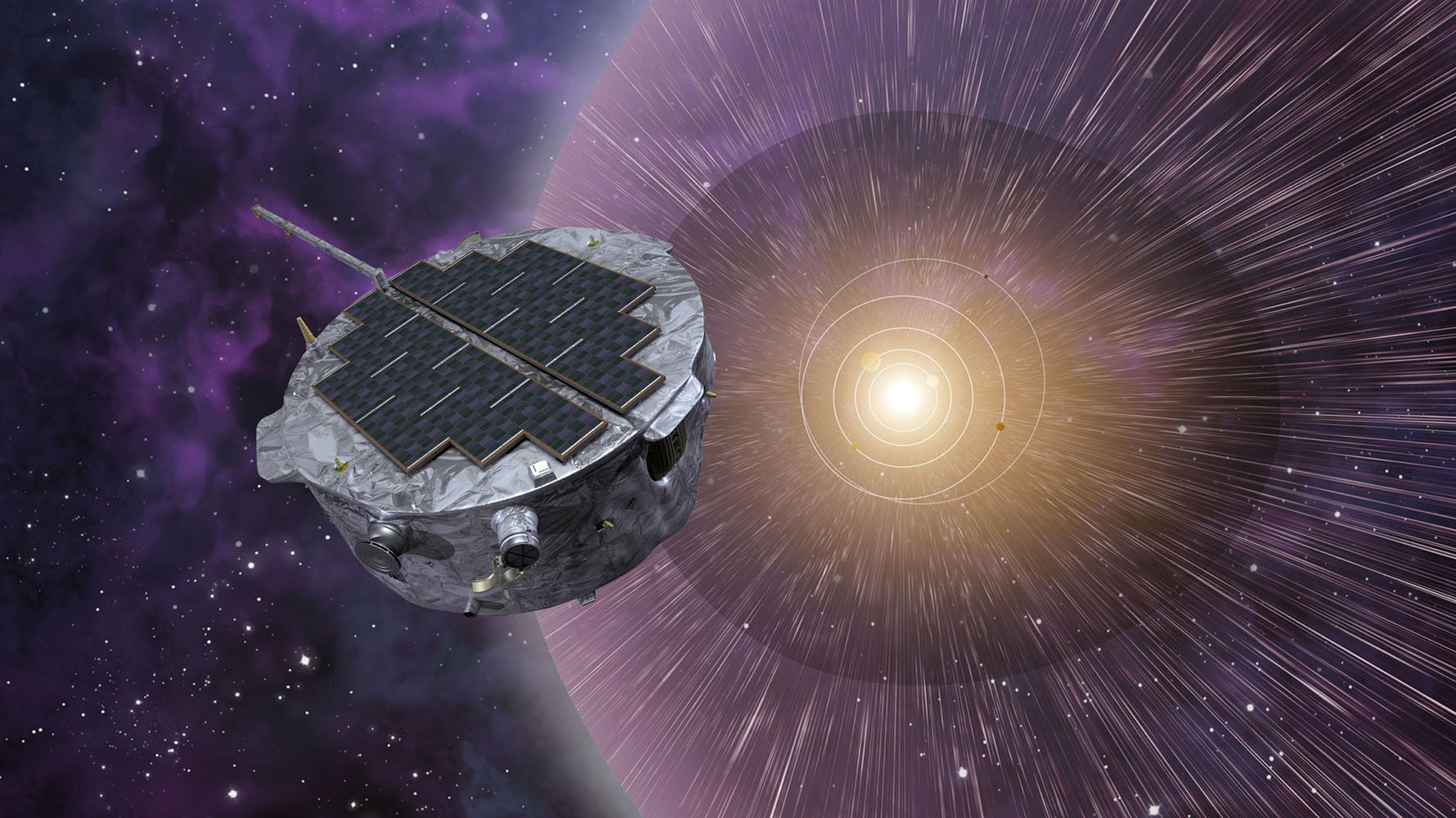
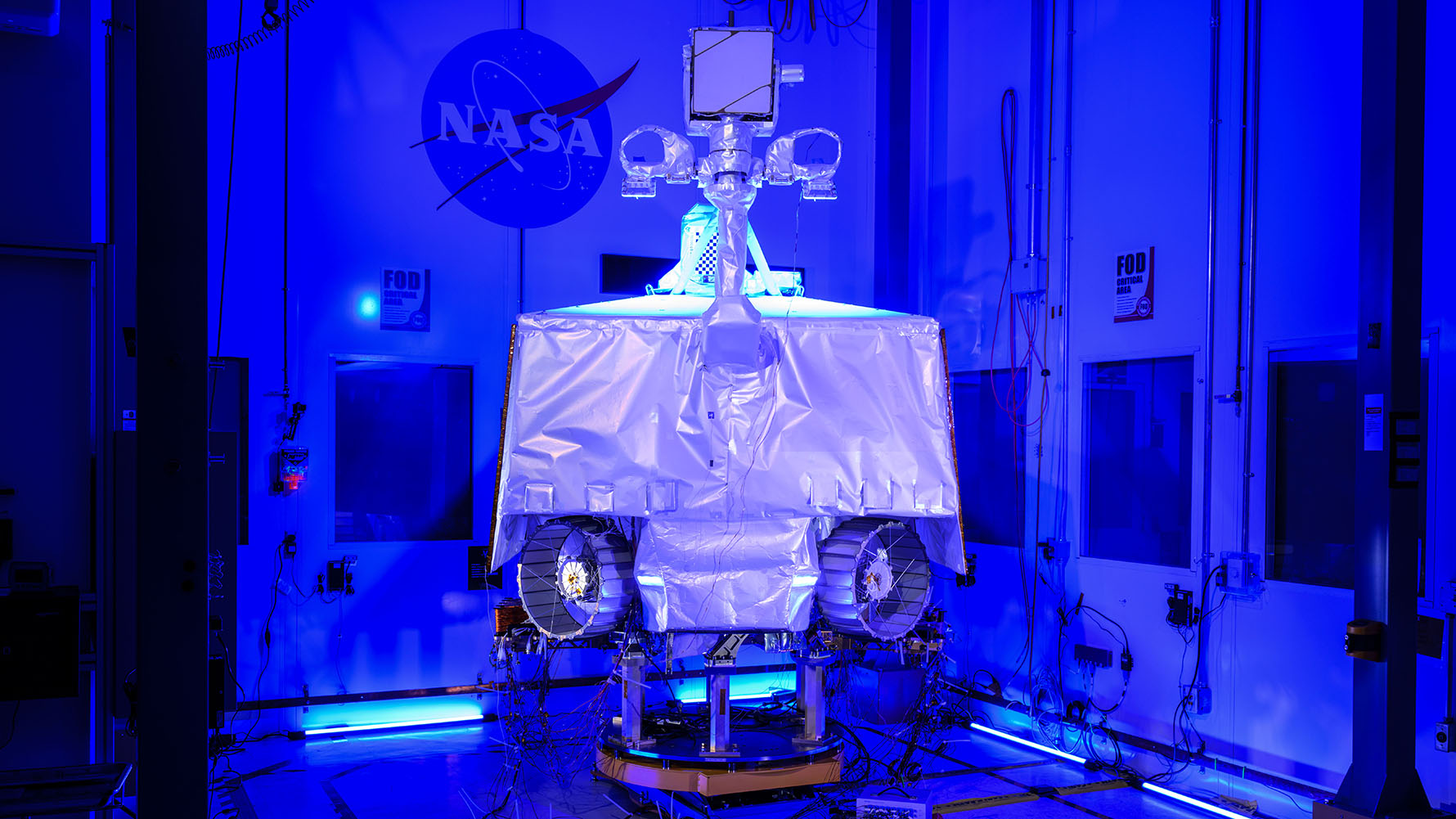
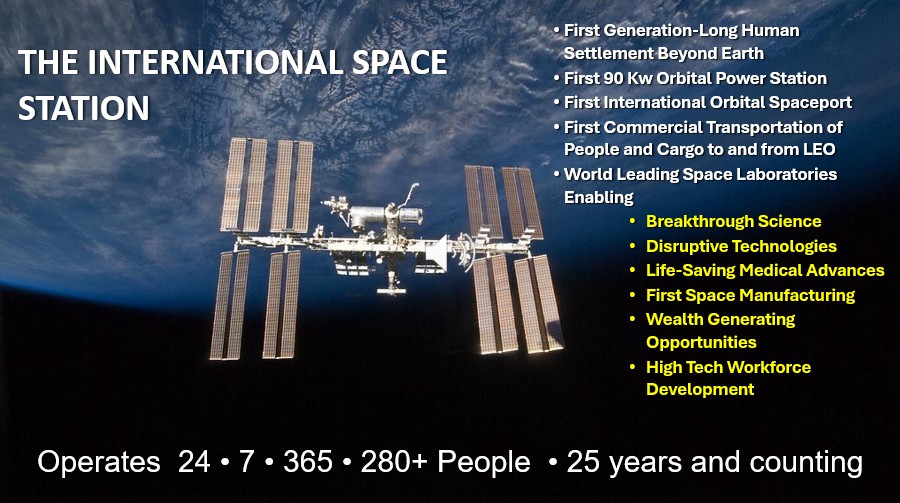
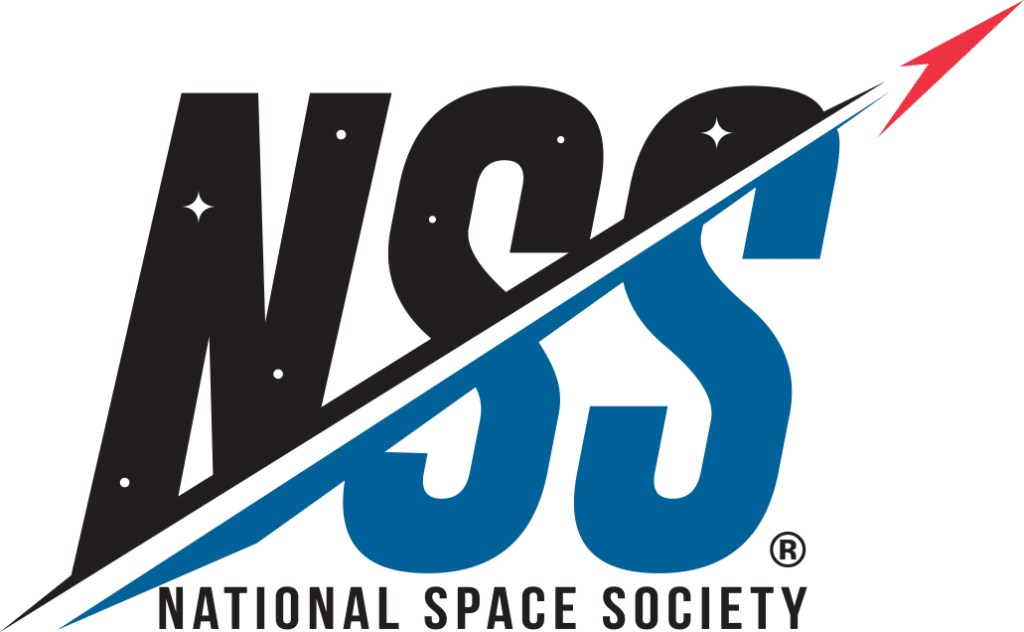

1 thought on “Control of Habitat Carbon Dioxide Level: New in the NSS Space Settlement Journal”
What an interesting problem to have – low CO2!
Miraculous how effective nature is at sequestering carbon!
The suggested use of a natural rather than technological solution to
atmospheric carbon dioxide balance in space led to my next thought.
Perhaps we should give serious consideration to the possibility
that the best way to reduce greenhouse gases on Earth is to
use one of the inexpensive and effective tools Earth already has – TREES.
The ‘root’ of the greenhouse gas problem seems to me to be we have
already deviated too far from the effective biological/geological natural
systems Earth has in place to reduce carbon concentrations in the atmosphere.
In fact, instead of reinforcing the natural systems, humans have deforested
and even turned into desert countless acres of land, reducing the amount of
greenhouse gas absorbed and sequestered by nature. Cutting down trees to
implement solar may also be a bad idea.
Only using expensive technological, risky financial (cap and trade transfer of wealth)
and undesirable (by some) social engineering solutions, all with many potential
unintended consequences, to solve the greenhouse gas problem on Earth is likely,
in my opinion, to cause much bigger problems.
Let’s start NOW with one of the best of many sequestration solutions nature
has already developed!
Trees, trees and more trees!
Report: The global tree restoration potential
https://science.sciencemag.org/content/365/6448/76/tab-pdf
https://e360.yale.edu/digest/planting-1-2-trillion-trees-could-cancel-out-a-decade-of-co2-emissions-scientists-find
https://www.crowtherlab.com/
https://crowtherlab.pageflow.io/trees-against-climate-change-the-global-restoration-and-carbon-storage-potential#215058
https://www.un.org/esa/forests/news/2019/03/on-international-day-unece-fao-forestry-and-timber-section-releases-10-facts-to-fall-in-love-with-forests/index.html
https://www.nature.org/en-us/explore/newsroom/new-study-finds-nature-is-vital-to-beating-climate-change/
Factsheet-AAAS 2019-Predicting Climate Change
https://ethz.ch/content/dam/ethz/main/eth-zurich/global/events/2019/AAAS%202019/Understanding%20Carbon%20Cycle%20Feedbacks%20to%20Predict%20Climate%20Change_Thomas%20Crowther_ETH%20Zurich_%20AAAS%202019_updated_15%20Feb%202019.pdf